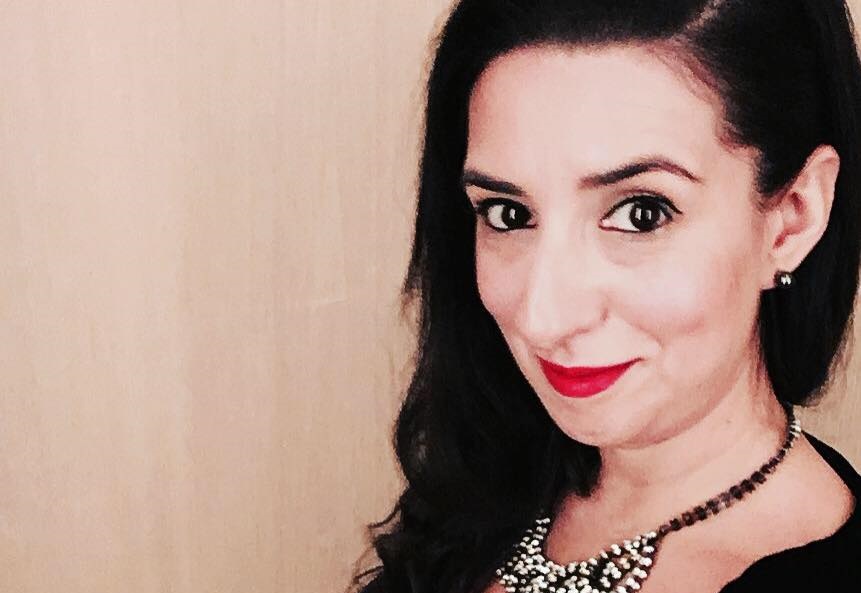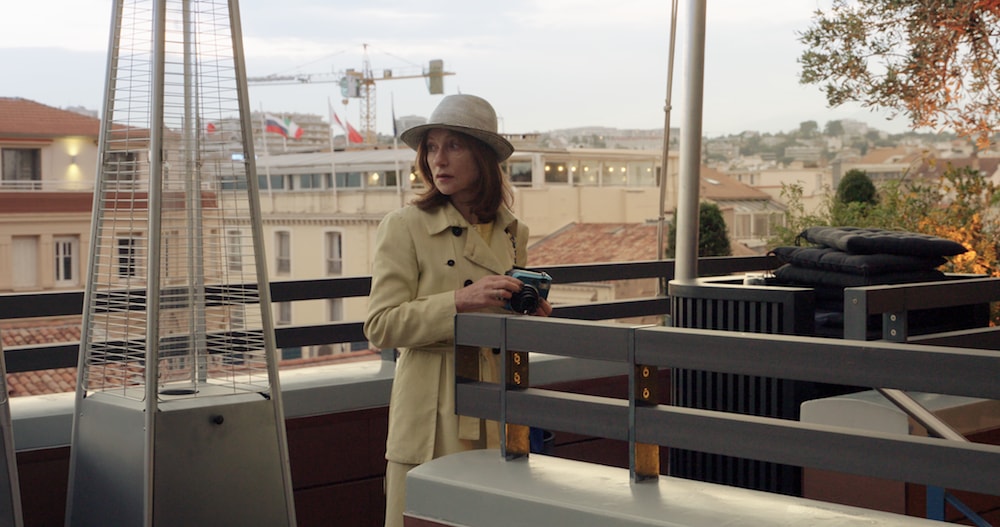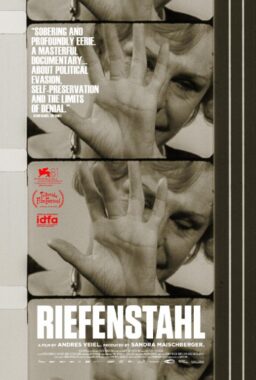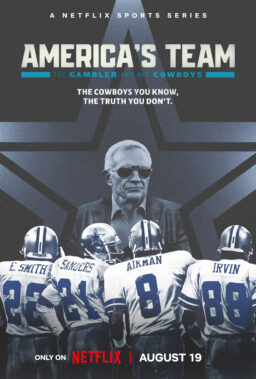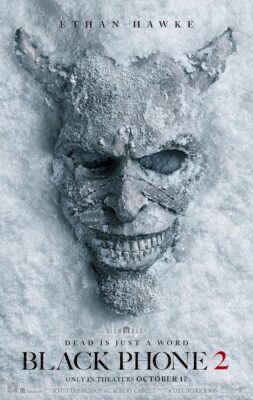Very few actors can fit and blend as naturally into Cannes as the French living-legend Isabelle Huppert. So when she strolls through the streets of the very town synonymous with cinema and cinephilia as a bit of an outsider in Hong Sang-Soo’s “Claire’s Camera” (playing the title character, visiting from Paris to accompany a filmmaker friend), the effect is immediately lighthearted and purposely comedic.
Yet beneath the film’s feathery surface lies a poetic philosophy about the transformative power of cinema. A schoolteacher and a self-defined poet, Claire clutches onto her camera and captures images of people, insisting that her subjects change once she releases the shutter. During her excursions, she meets Manhee (Kim Minhee), a film sales assistant who recently lost her job due to romantic affair with a director (Junh Jinyoung). Joining forces, Claire and Manhee attempt to unravel the full story, told, in part, via flashbacks and long-takes that play out entire scenes within a highly economical 69-minute running time.
“I’m just interested in working with certain people. I’m not really [focused on] characters or even stories,” Huppert said, when we recently chatted with her about her second collaboration with Korean writer/director Hong Sang-soo, who has a famously unusual process of crafting his films without a screenplay. “The way he combines lightness and depth … he’s like a magician,” she remarked.
It sounds like you were filming “Claire’s Camera” while you were in Cannes to premiere “Elle.”
I came to Cannes, and Hong Sang-soo asked me if I was ready and available to shoot the film. And I said yes. It was a few days before presenting “Elle.” I didn’t do it at the same time. I did the film, and I presented “Elle,” one after the other. But we were shooting as the festival had just started and was happening.
I love the naturalistic simplicity and ease of “Claire’s Camera,” which is also true for other Hong Sang-soo films. That was perhaps a nice change of pace for you too after “Elle.”
It’s always wonderful to make films with Hong Sang-soo, because he has such an unusual way of making movies that doesn’t resemble anyone in any manner. There is no script [to start with]; he’d give you the scenes one after another each morning. But on the other hand, nothing is improvised. He doesn’t change the dialogue, and there is no improvisation. What’s really fascinating is, (this is my second film with Hong Sang-soo, I did “In Another Country” with him in 2012); he has quite an amazing way of doing things in such a short amount of time. Nothing is fast; we have time to do things, but there is a very slow pace within a very short amount of time. Very interesting.

Does he pull his actors in to craft the story as part of his process?
No, he just says, “this is what we’re doing” and we do it. But it creates a certain atmosphere [among actors]. He’s like a magician actually. Even though there is no script and we don’t know the story, we know enough day-by-day, scene-by-scene and line-by-line. It’s enough for us; we don’t need to know the general storyline. The scenes between all actors are so strong and defined. The way he combines lightness and depth … Sometimes it’s very funny, and sometimes it’s very moving. You feel that in the texture of the film, one scene after the other. It’s very nice on the surface, but underneath, there is always something very emotional and moving. You feel that very strongly and that’s very exciting for the actors. You can stay on several levels, [mixing comedy and drama].
There is a complex and compelling philosophy at the center of this film. When Claire says, “the only way to change things is to look at them again very slowly,” I thought, that is a good way to engage with life in general.
Yes. And I think it’s also homage to moviemaking. It is an exact metaphor for what means for Hong to make movies. It’s to pay attention to people and to their lives and problems. I like the position he [allotted] to me: In a way, I am representing Hong. I am representing the filmmaker; the one who watches people, films people and connects people. And this is exactly what you’d expect from moviemaking.
On that note, it also made me think of how filmmaking and photography capture a moment before it’s gone forever. The person who’s captured changes from moment to moment … and that’s bittersweet in a way. Does filmmaking have that effect on you? Do you feel changed afterwards?
[Laughs] No, I don’t. It’s not what I expect from moviemaking myself, I have to say. To me, moviemaking is very much about the present time. I had a wonderful [time] with Hong and I know that we made a wonderful film. But it doesn’t really change me as a person mentally. [Its effect on me] is [wanting] to do it, one after the other. Moviemaking to me is sharing different experiences each time with a different director. [It’s not something] I want to repeat with someone else because all great directors have their own manner, their own way, whether it is Michael Haneke, Paul Verhoeven, or Hong Sang-soo. What’s exciting is, being different each time.
In a review I read of “Claire’s Camera”, there is a casual interpretation that Claire is sort of like a variation of your characters in two recent Serge Bozon films: “Tip Top” and “Madame Hyde.” I thought that was a very apt connection and I wondered if you thought of it that way.
That is a very interesting connection. I haven’t thought about it, but sure, why not? All these characters are slightly composed. They are not completely realistic in their way of talking. Maybe it’s that kind of burlesque that establishes some connections between the three films. It’s always interesting to hear what people thought of a film, of course. First of all, that’s what you make the film for, to have people reacting. That’s the purpose of making movies. Different interpretations and reactions are always interesting. While you’re [making the film], you’re not really aware of what you’re doing; you do it so quickly. There is [a level of] unconsciousness; nothing is theoretical. Then you hear people establishing connections and it’s always very interesting.
Your co-actors in “Claire’s Camera” wear clothes with a restrained color palette. But you pop immediately in a bright shade of yellow.
There is definitely a purpose [behind it] from Hong. And I have to explain how he comes up with the costumes. He asks me to come with my suitcase, and then he opens my suitcase; he looks at the colors. There is no costume designer whatsoever, and in five minutes he says “this, this and this,” and he combines colors with a little blue bag and a hat and the little yellow jacket. That was the raincoat I was wearing that day as I was getting off the plane. It’s actually like a painting, and he is painting “this, and this and this,” like a painter. That was it. He loved me in that outfit, and the day after I asked, “don’t you want me to change?” He said, “No, no no. I want you to keep the same.” Perhaps he liked it because I was standing out with these bright colors, which made me look different from the others.

I have to say, I loved the dog in this film. He was responsible for a lovely, emotional moment.
I completely agree. All of a sudden, there is a feeling of peace and innocence and a caring presence. The dog belonged to the owner of the restaurant where we were shooting. And this is how Hong proceeds: some elements, you can predict, some others, you cannot. He has this amazing and incredible capacity to include such elements. If you work with someone else, it probably would be written in the script, that there is a dog. But in his case, no. The dog happened to be there and he made something out of it. He saw the dog and noted that he was very quiet and able to lie [quietly] like that.
You’ve of course always been productive and prolific in the international sphere, but it seems like you have more presence in the US lately, after “Elle.”
Yes certainly, the attention of “Elle” gave me a few different opportunities, which is nice. [After “Elle”], I went back to France and did other films [there], but I also did a couple of movies in English. I just finished two things in English-language (but shot in Europe.) I just finished a movie with Neil Jordan and Chloë Grace Moretz called “The Widow” and before that I did “The Romanoffs,” being shot by Matthew Weiner. It was wonderful, [with] completely crazy creativity and imagination and I’m really curious to see it. And then the next film I will be doing, again in Europe. (It’s really interesting that all these English and American movies are being shot in Europe, by the way.) [“A Family Vacation”] by Ira Sachs will be shot in Portugal in September next Fall, and I’m very excited about that. I’m a big fan [of Ira Sachs]. He’s a great, really wonderful director, as well as a really good writer.
It looks like you’re constantly working, with back-to-back projects.
I work regularly but not constantly. The Hong Sang-soo film took just five days, so it didn’t take much of my time. I just want to work with great people, great directors. This is the main motivation for me.
This conversation is lightly edited for flow and clarity.
